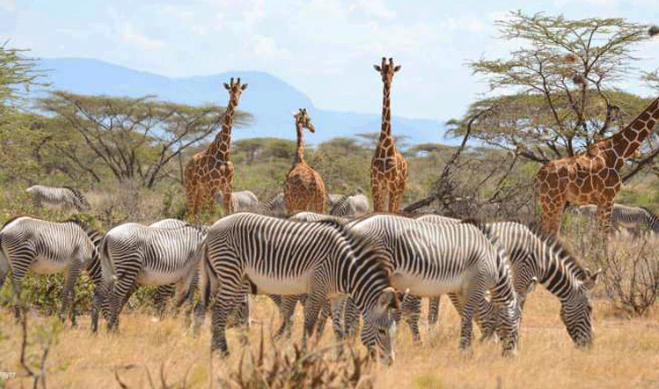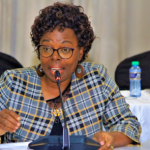The ongoing national wildlife census aims to assess the impact of the recent drought, one of the longest dry spells in 40 years, on wildlife populations.
Stephen Ndambuki, Principal Scientist at the Wildlife Research and Training Institute (WRTI), explained that the 2024/2025 census, which began in June, will provide crucial data on the effects of the drought. This information will be used to develop strategies for mitigating the impacts of future droughts and climate change, including measures such as providing fodder and constructing watering points for wildlife.
Ndambuki spoke at Lake Nakuru National Park during the launch of the second phase of the census, conducted in collaboration with Kenya Wildlife Service (KWS). He emphasized that the data collected would guide conservation strategies and policy decisions.
He noted that the prolonged drought from 2020 to 2023, which was exacerbated by a locust invasion, led to significant wildlife losses due to lack of food and water, resulting in habitat loss, displacement, human-wildlife conflicts, and wildlife mortality.
The last census, conducted in 2021, covered over 30 species of mammals, birds, and marine species across various ecosystems. The current census will compare these figures to assess wildlife losses. For example, data from KWS and partners show that the Amboseli Ecosystem alone lost 6,093 animals across 20 species, including 127 elephants, 93 Maasai giraffes, 3,872 wildebeests, and 1,395 zebras.
The census, which involves an aerial survey, will assess wildlife populations, distribution, and ecosystem health. The first phase covered Masai Mara National Reserve, Amboseli National Park, and Athi Kapiti Wildlife Conservancies. The survey, which has been allocated Sh302 million, is expected to be completed by June next year.
The second phase of the census includes areas around Lake Nakuru, as well as ecosystems in Solai and Naivasha. This phase also covers wildlife sanctuaries and conservancies such as Kedong Ranch, Suswa, Soysambu, and Delamere. The data collected will be instrumental in wildlife conservation decision-making.



